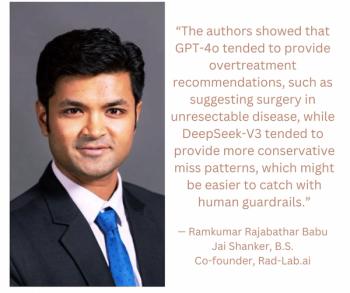
Current Insights on National Breast Density Notification for Mammography Reports
In a recent video interview, Wendie Berg, M.D., Ph.D., discussed the newly issued final rule from the Food and Drug Administration (FDA) requiring a national standard for breast density notification (starting on September 10, 2024) as well as its potential impact in mammography reporting and facilitating supplemental screening for patients with dense breasts.
Noting the prevalence of dense breasts in approximately 40 percent of women in the United States, their increased risk for breast cancer and the inconsistency of state laws on breast density notification, Wendie Berg, M.D., Ph.D., said
In a recent video interview, Dr. Berg said the patient breast density notification language in the recently issued final rule updates from the Food and Drug Administration (FDA) to the Mammography Quality Standards ACT (MQSA) emphasizes direct communication as to whether a woman has dense breasts or not, touches upon the limitation of mammography for women with dense breasts and encourages supplemental screening in this patient population. With the FDA requiring this language in all mammography reports as of September 10, 2014, Dr. Berg says there will be a level of consistency with breast density notification that has not been there with varying state laws in 38 states and the District of Columbia.
“What this does is establish a bare minimum of communication that is uniform across all states no matter where a woman lives, which is certainly desirable to reduce confusion,” noted Dr. Berg, a co-founder and chief scientific advisor for
(Editor’s note: For related content, see “
As patients become more educated on the elevated breast cancer risks with dense breasts and seek out supplemental imaging options, Dr. Berg said the education of referring providers is paramount to help ensure optimal outcomes.
“I think that has been an area where there has been a relative gap,” maintained Dr. Berg, a professor of radiology at the University of Pittsburgh School of Medicine. “It’s never really clear who is taking the time to explain all these issues to patients. I think radiologists actually can serve a primary role in large part in helping to educate. If they don’t educate the patient directly, they can at least educate their referring physicians about the options and issues with risk assessment and breast density.”
For more insights from Dr. Berg, watch the video below.
Newsletter
Stay at the forefront of radiology with the Diagnostic Imaging newsletter, delivering the latest news, clinical insights, and imaging advancements for today’s radiologists.




























